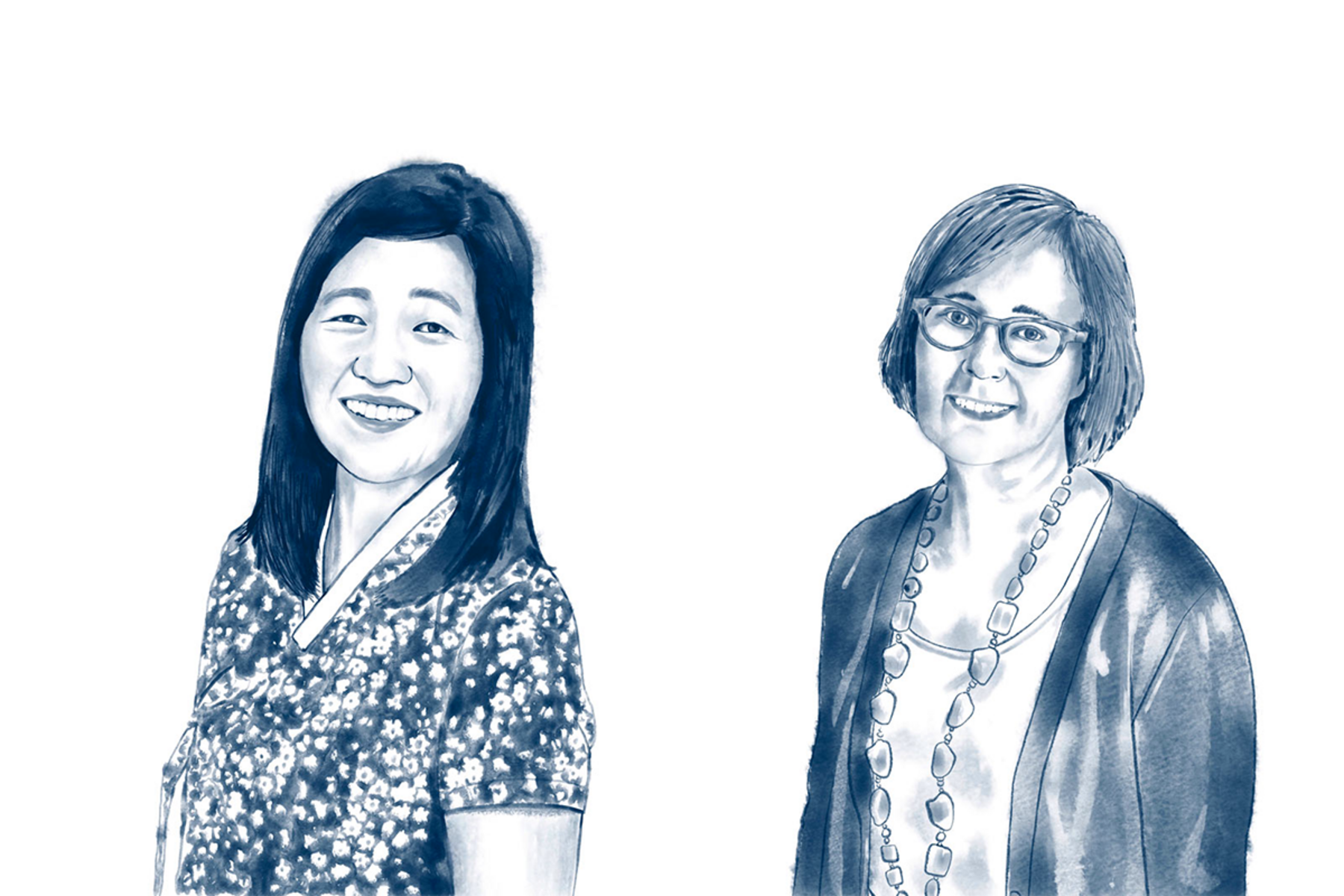Breadcrumbs
Space Planning
Physical space plays a huge role in how well research, education and administrative operations function. Recognizing the limitations of some of the spaces U of T Medicine occupies, the Academic Strategic Plan committed to a review of space to ensure it meets the future needs of students, faculty and staff. This includes:
-
Undertake a study to determine the Faculty’s future needs for collaborative learning and research across all sectors and programs.
-
Identify long-term plans that would lead to orderly development of the faculty’s research, education and administrative facilities. This would address functionality and flexibility for departmental needs while creating a workplace environment that that enhance employee productivity and well-being.
-
Ensure appropriate facilities infrastructure, communications technology, and adjacencies to enhance collaborative work across the Faculty for years to come. It will also provide a framework for developing funding strategies to ensure sustainable operations.
2020 Highlights:
Secured the services of Perkins Eastman, an international planning, design, and consulting firm, to conduct a master programming study of the Medical Sciences Building (MSB).
Began consultations with MSB occupants – including students, faculty and staff – as well as collect and analyze data to consider if existing space meets current and future needs of the Faculty of Medicine.

If you want to foster collaboration, Nana Lee [left] explains, you need collaborative space in which to do it.
“The three strategic domains of focus of the strategic plan which include an ecosystem of collaboration, ground-breaking imagination, excellence through equity – these all require the optimal space that supports teamwork and collaborative efforts,” says Lee, an Assistant Professor (teaching stream) in the Department of Biochemistry, who was a member of the Academic Strategic Plan Steering Committee.
A prime example of this challenge is the inventory of learning spaces in the Medical Science Building (MSB), which is heavy on lecture halls, but with very few other options for smaller class teaching.
“Over the past 20 years, based on studies and research conducted, we’ve come to realize that straight lecturing just is not the way to go. We know that people learn better when the material is meaningful to them and that is helped when people discuss the material with peers and work in groups,” says Michelle French [right], an Associate Professor (teaching stream) in the Department of Physiology. “That means if you want more collaboration in classes, you need more collaborative space in which to teach.”
The very design of a classroom can change how lessons can be delivered and received, explains French, who is a member of the Education Working Group of the MSB master programming study.
“If you go into a traditional classroom, you have a bank of seats where students sit facing the front. You have a lectern at the front where a person is giving the knowledge to the group. You think of things differently if you go into a space where there is no ‘front of the room’ – where the professor is wandering around the room and where students are in small groups. If you’re a professor assigned to that sort of space, you’re going to think about teaching differently,” she says.
Currently, MSB has two Active Collaboration Rooms (ACRs), which provide flexible learning environments featuring tables and chairs for up to 40 students that can be quickly rearranged and whiteboards. Lee explains these spaces are in high demand.
“The ACRs provide dynamic environments that facilitate team work. I’ve also taught in some of the classic seminar rooms with one large table and a single blackboard at the front. The rooms are similar in size, but because it’s just one large table, it’s not as conducive to team work as much as the ACR,” says Lee.
It’s also important to recognize that learning isn’t limited to labs and classrooms, notes Lee. Informal spaces play an important role too.
“You pass by some of the new lunch rooms in MSB that have whiteboards and small tables and you see people coming together – from different labs and different classes – talking about their work and sharing ideas. Creative spaces provide the optimal environment for ground-breaking imagination and inclusive collaboration to grow, build and potentially yield impactful innovation in research, teaching, student life, and higher education programming.”
– Liam Mitchell